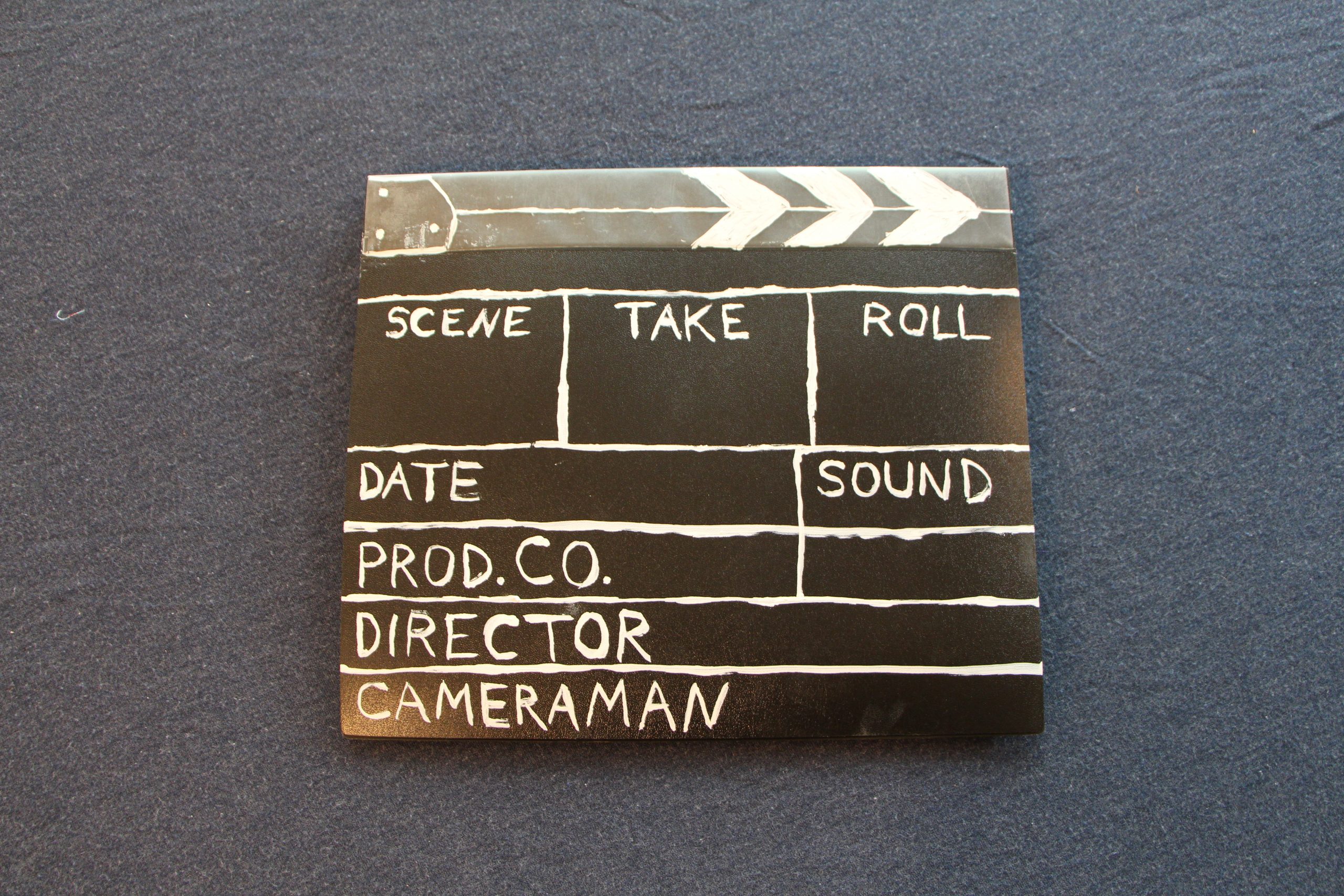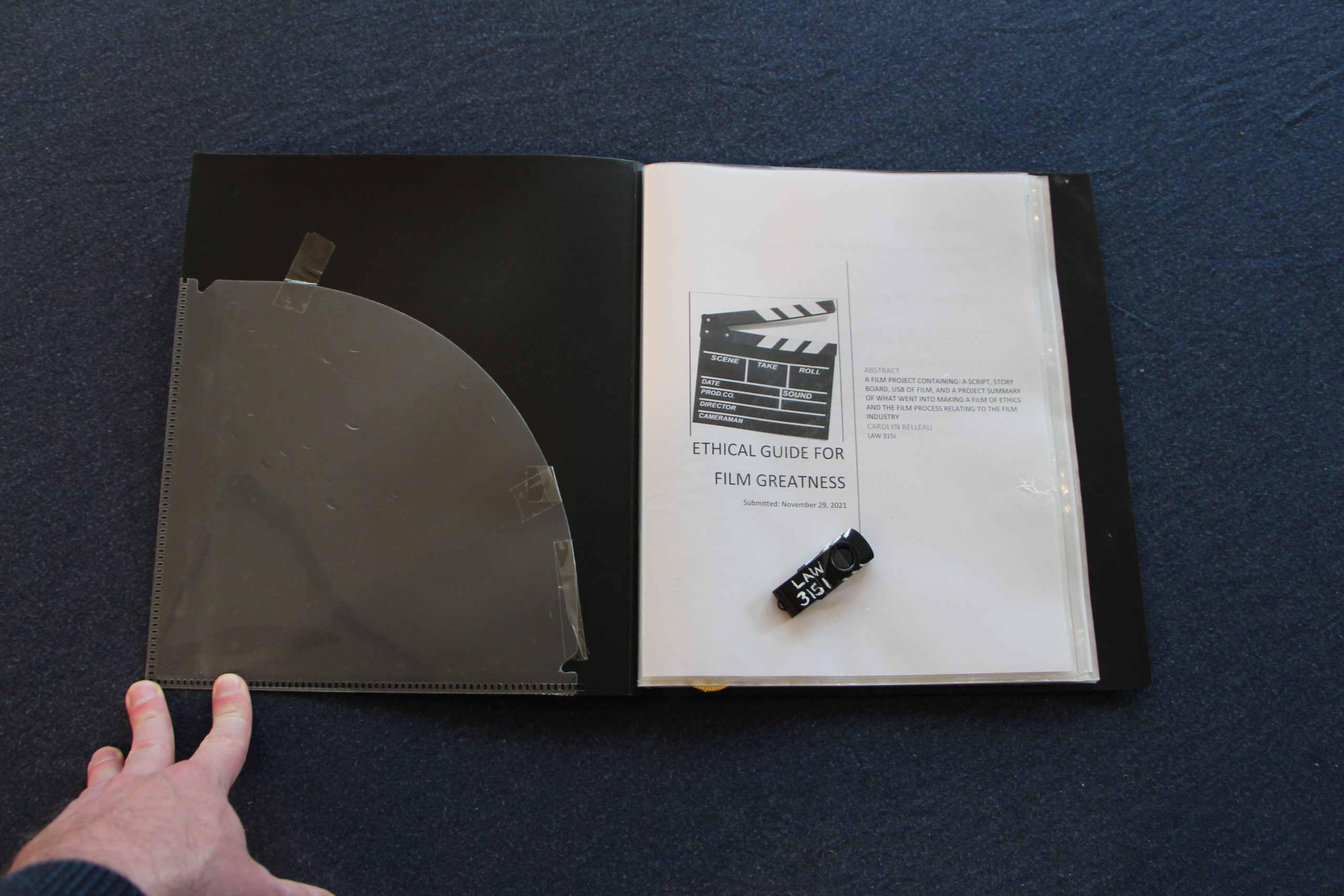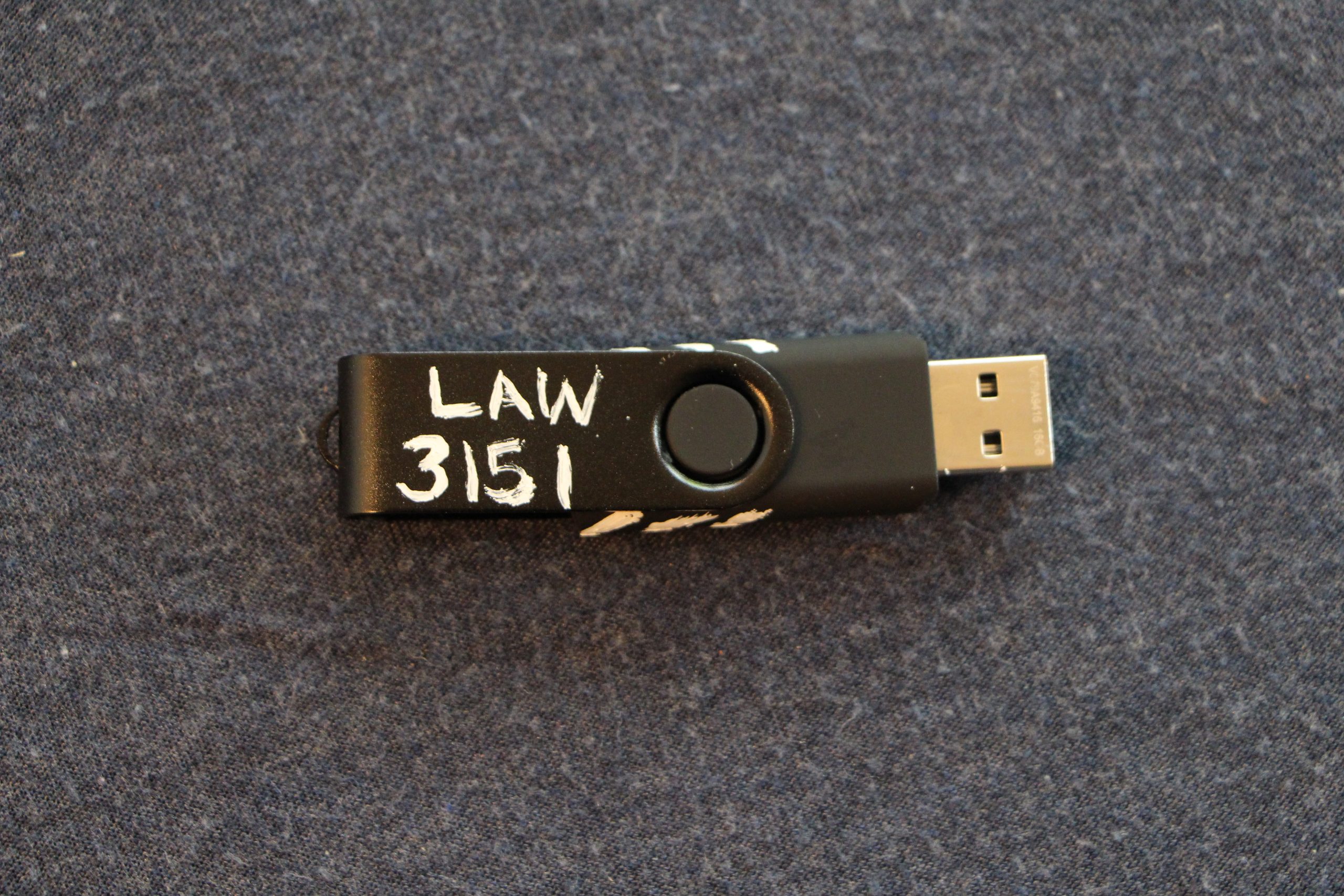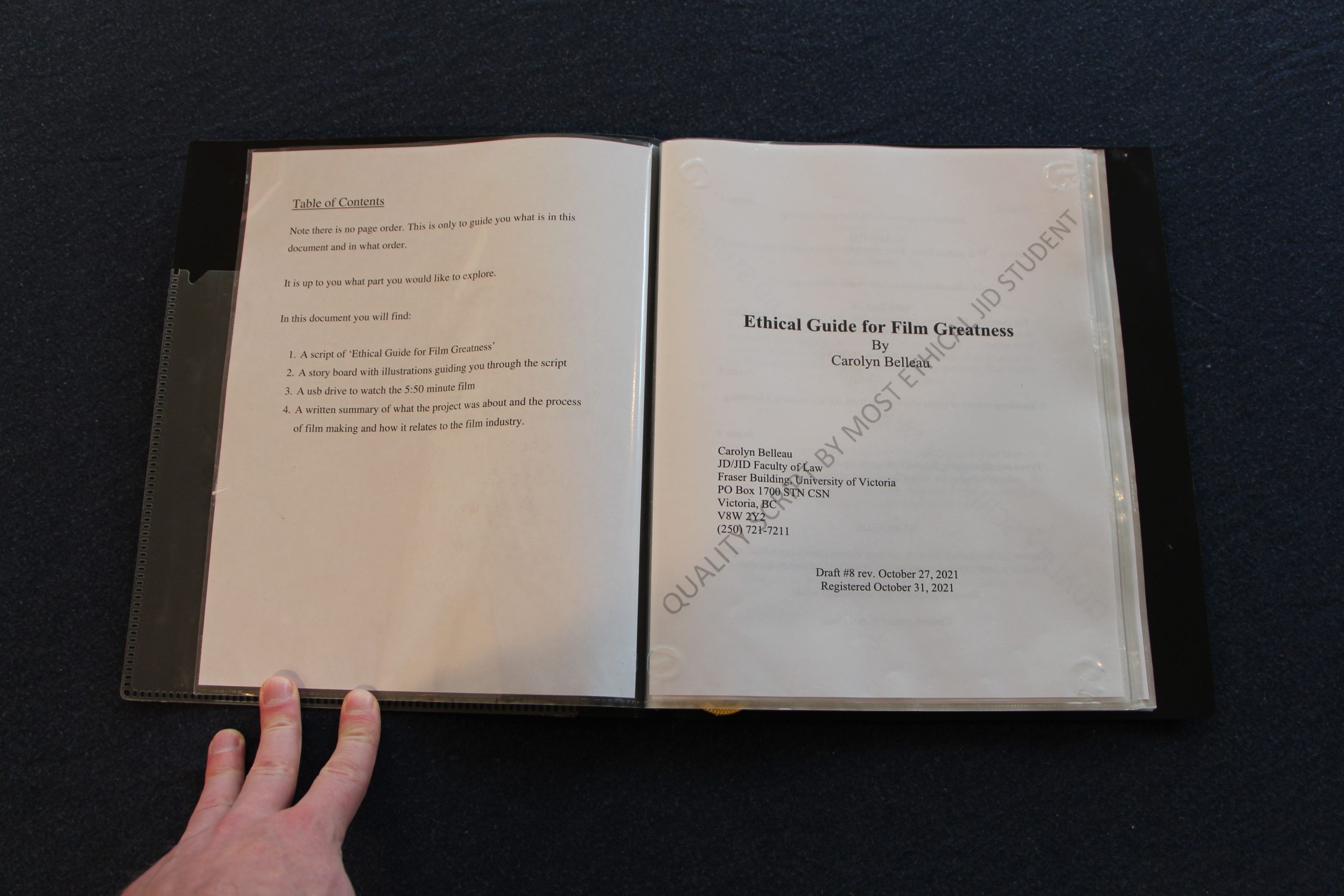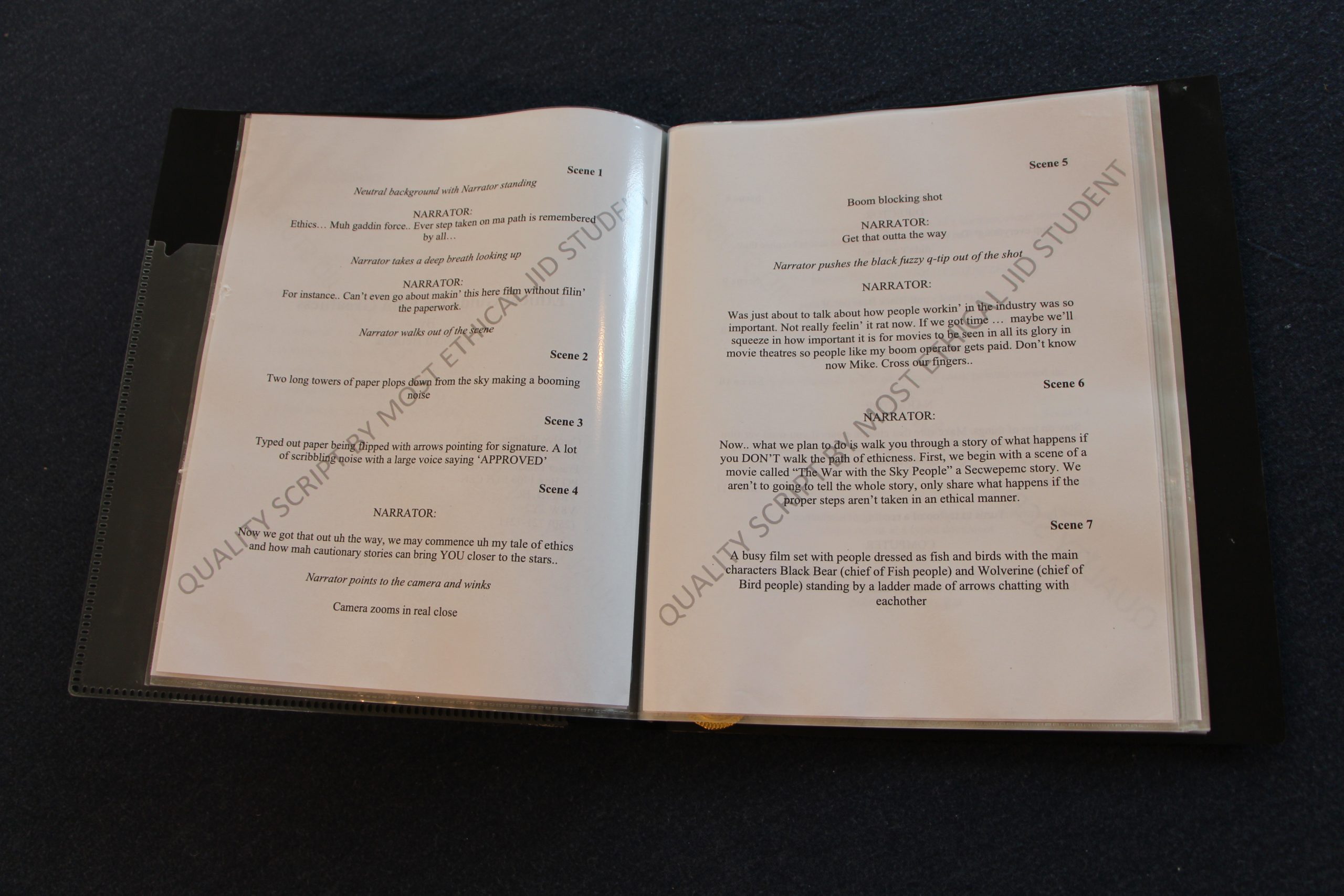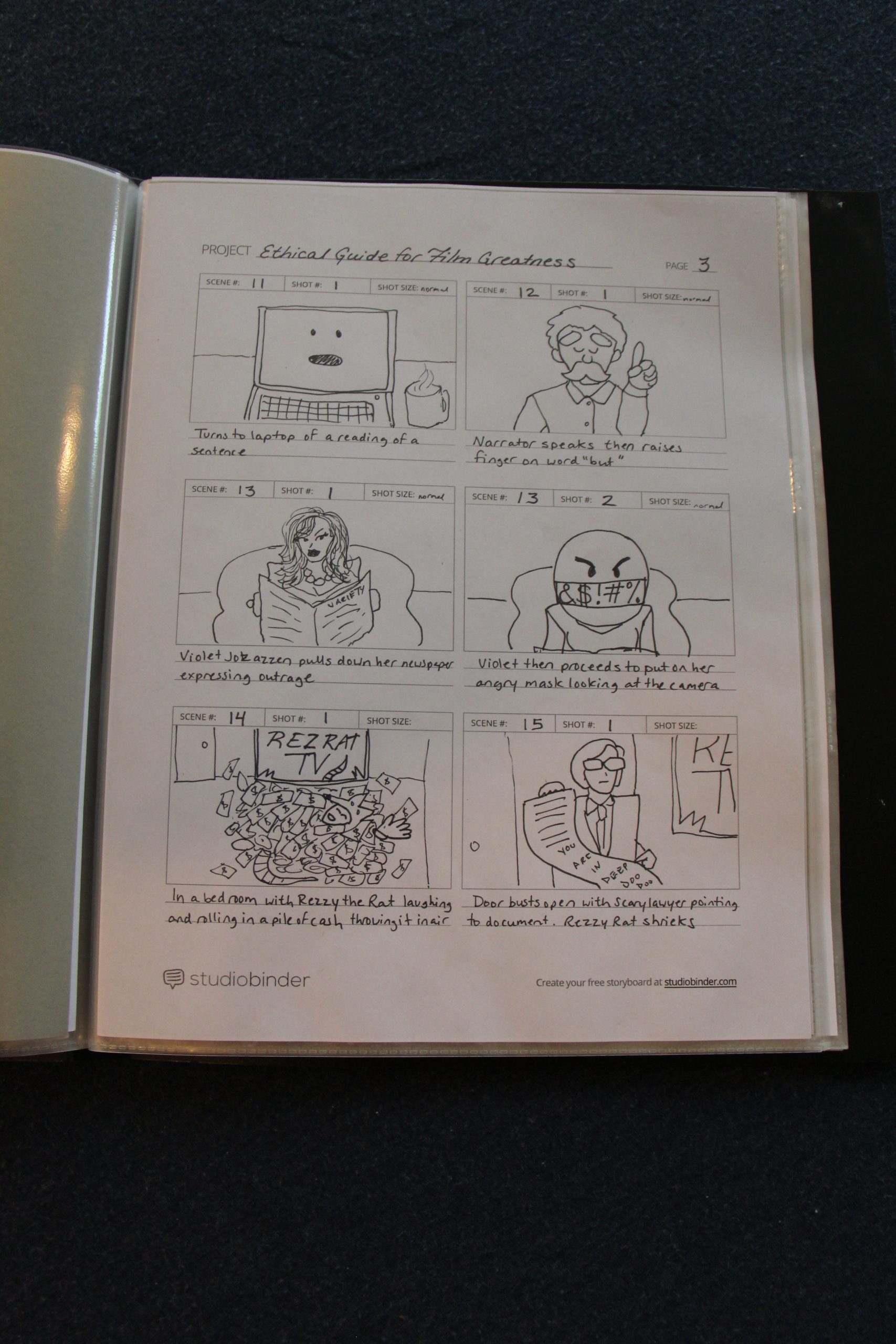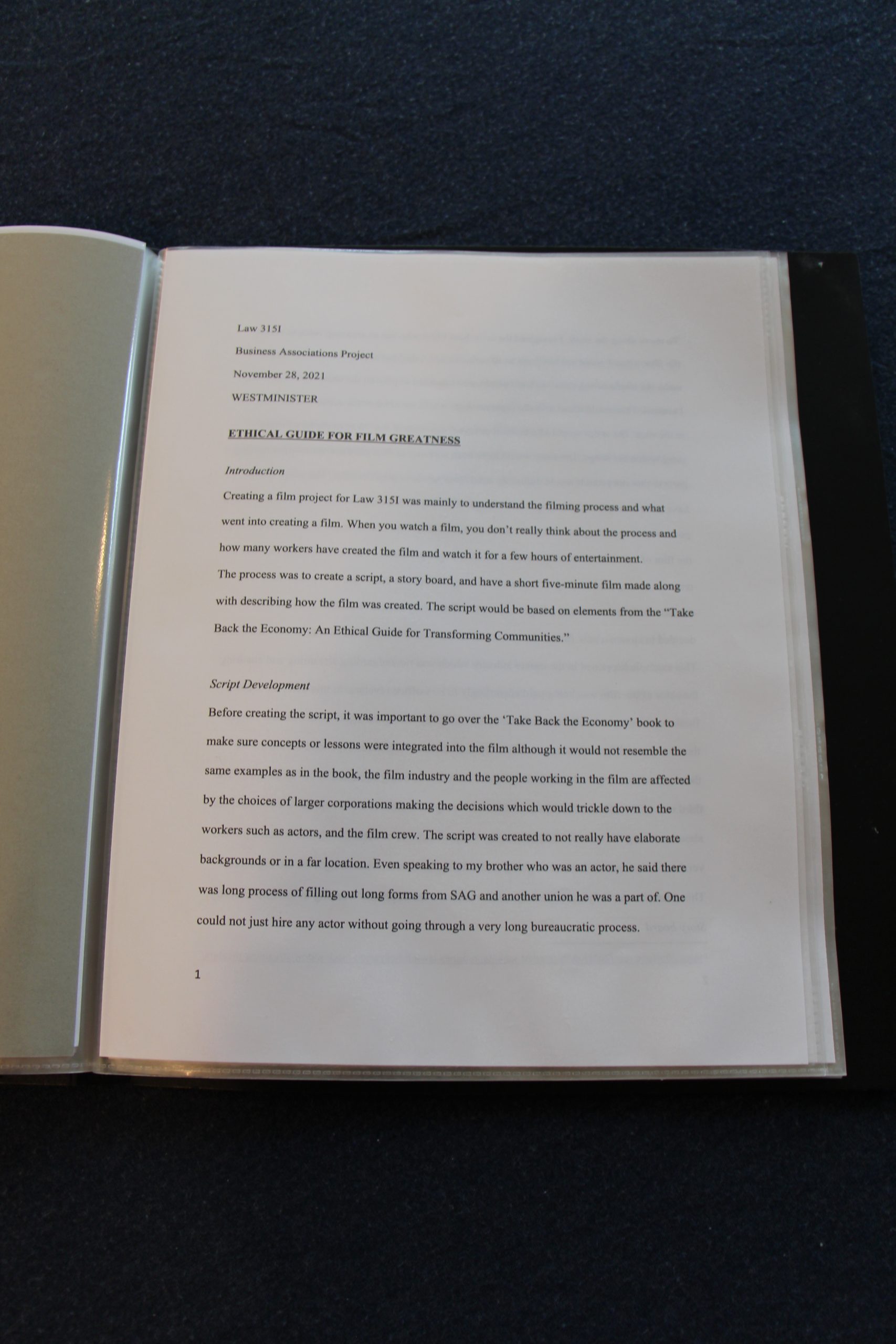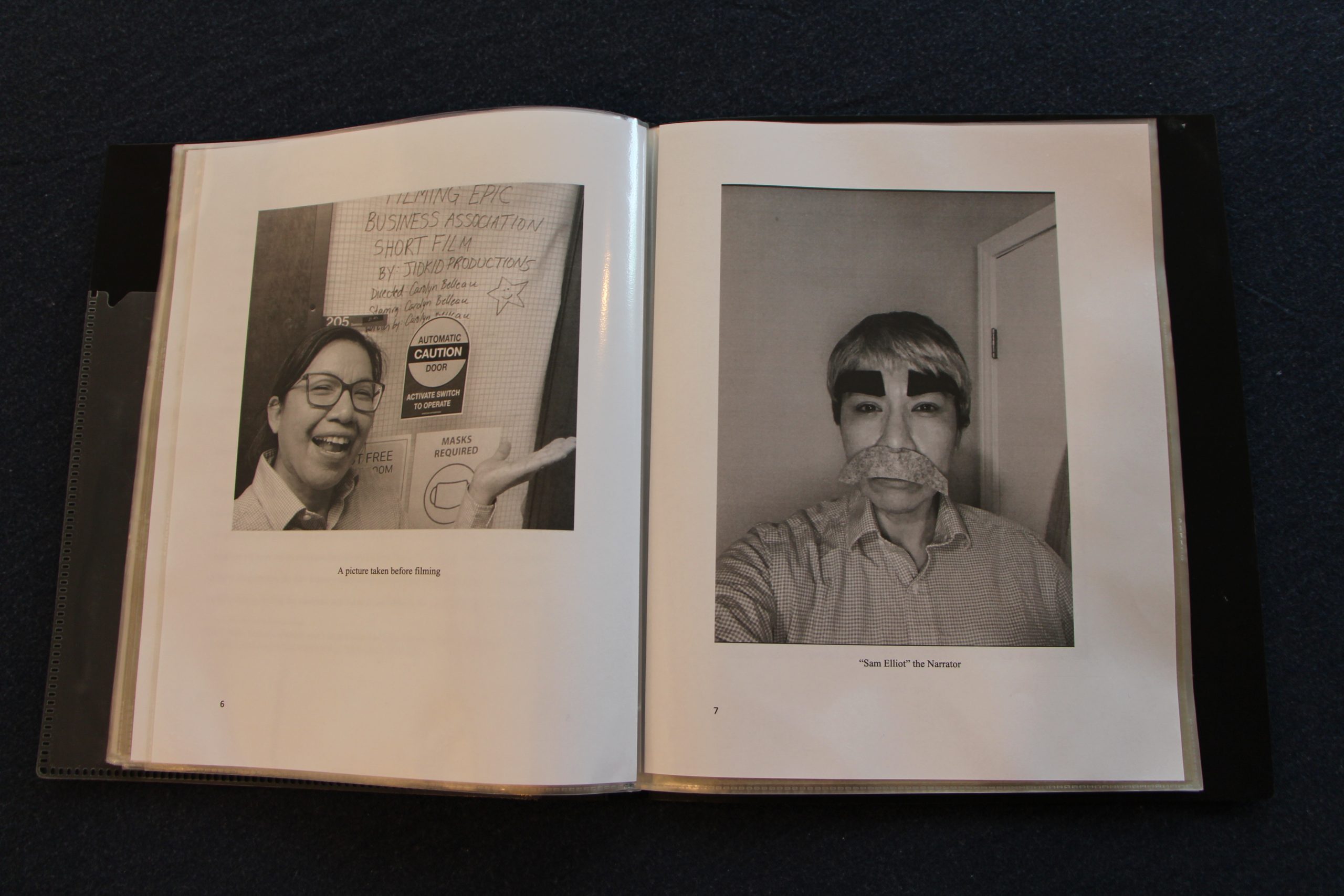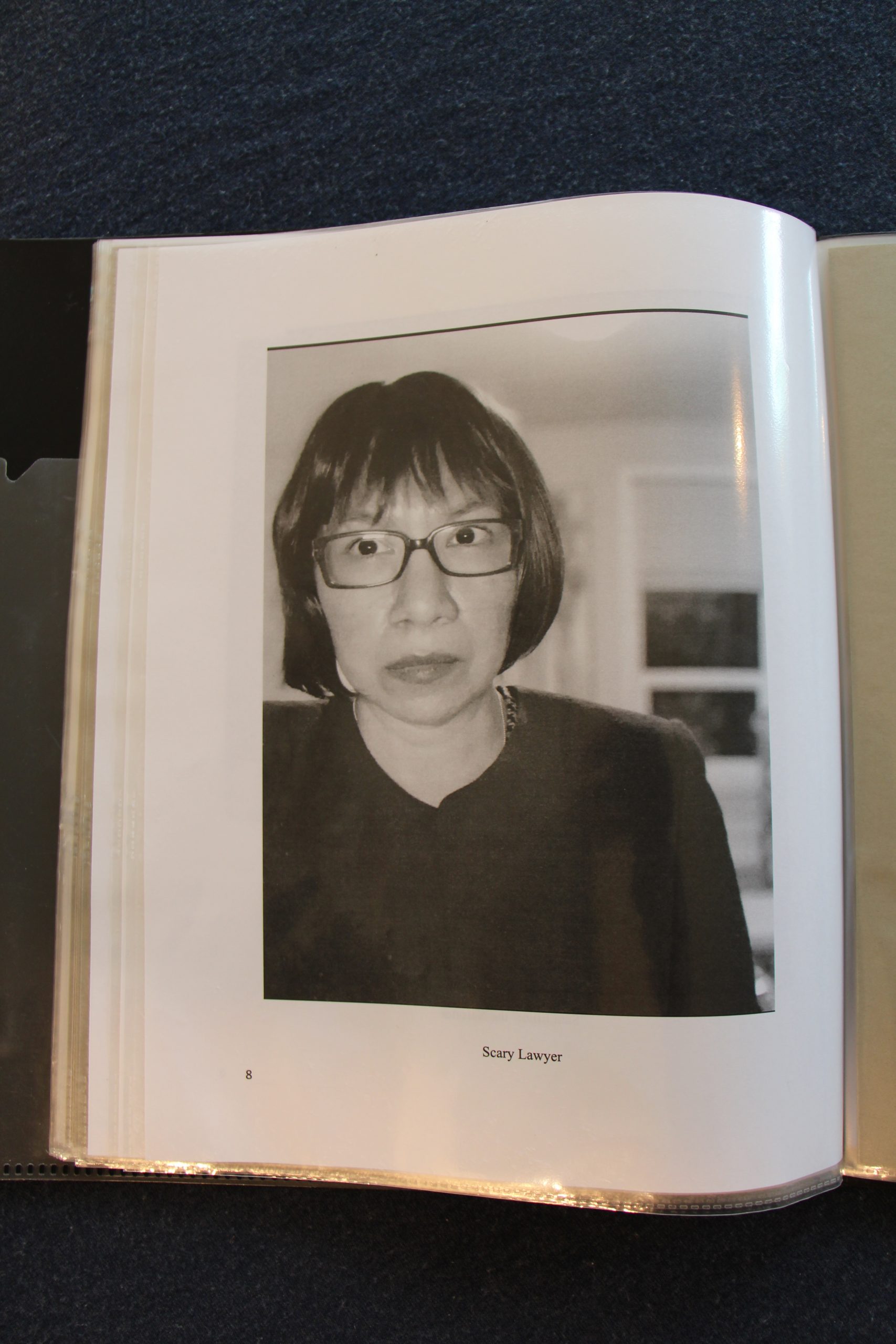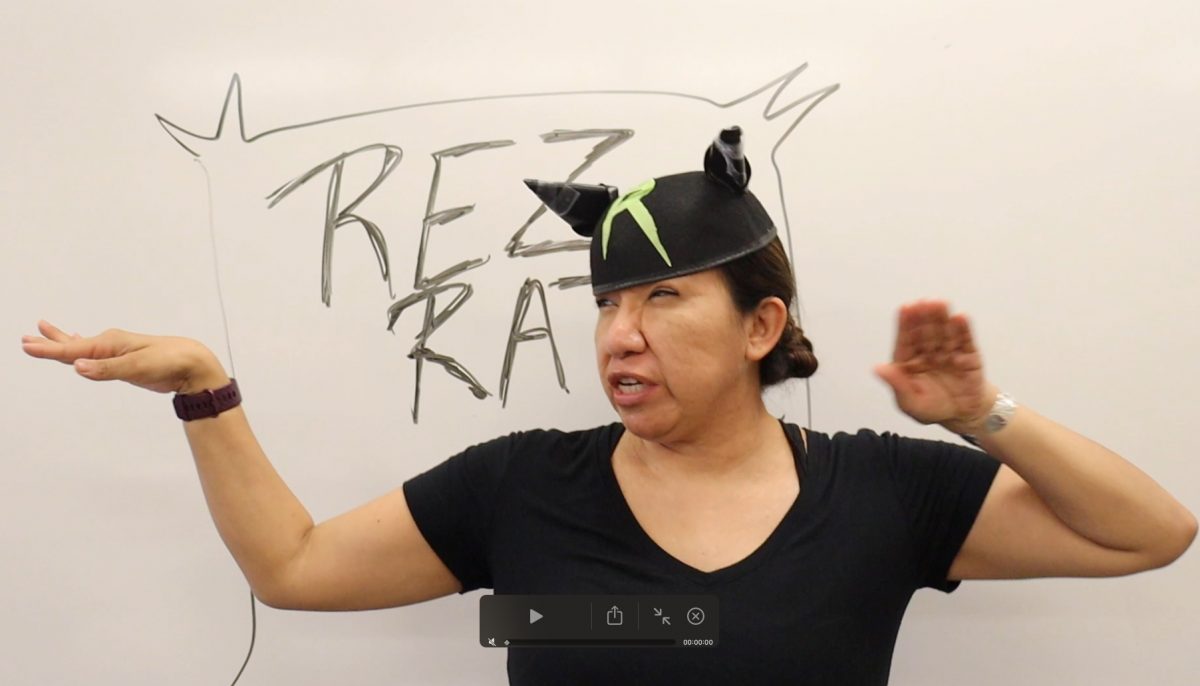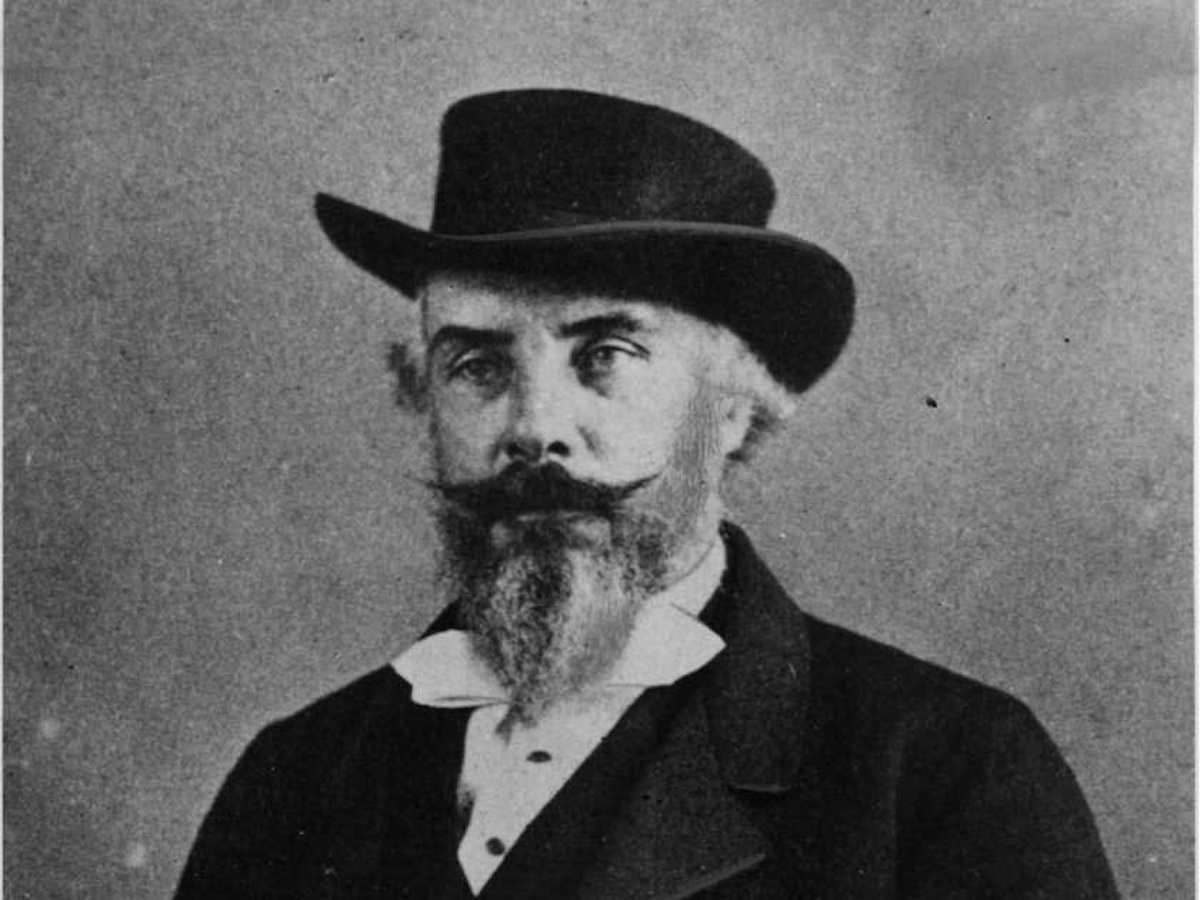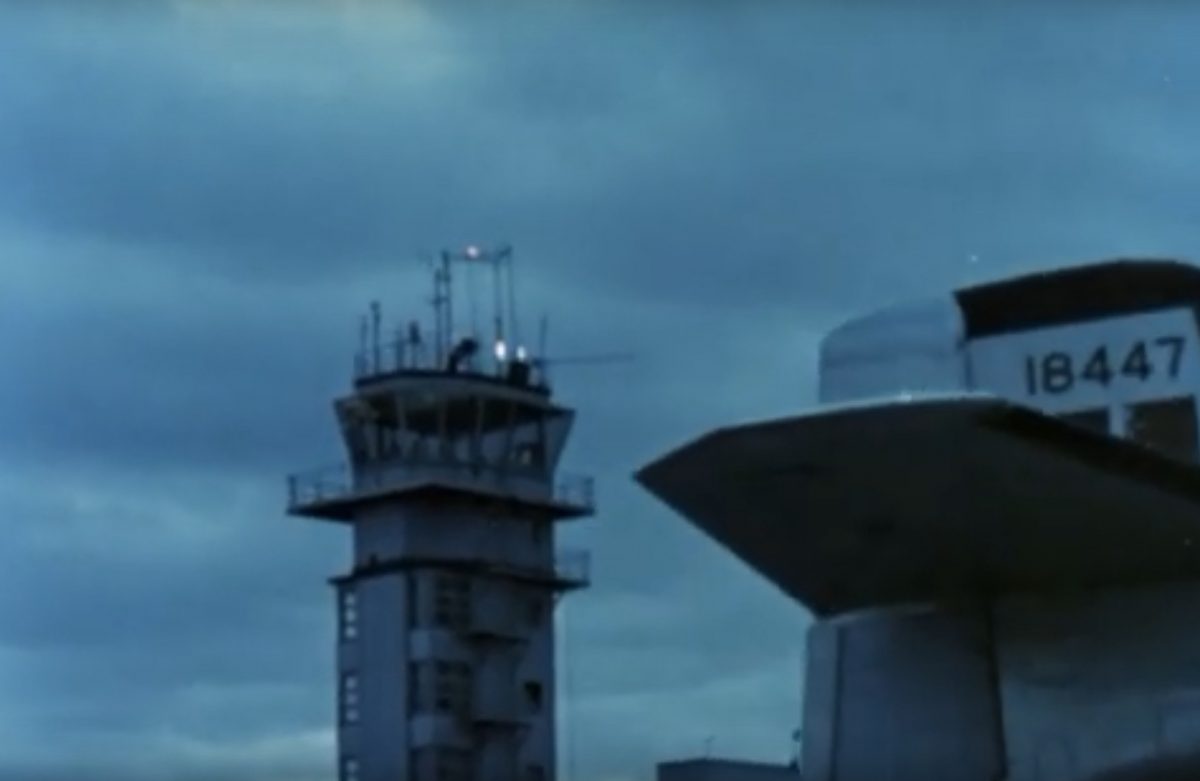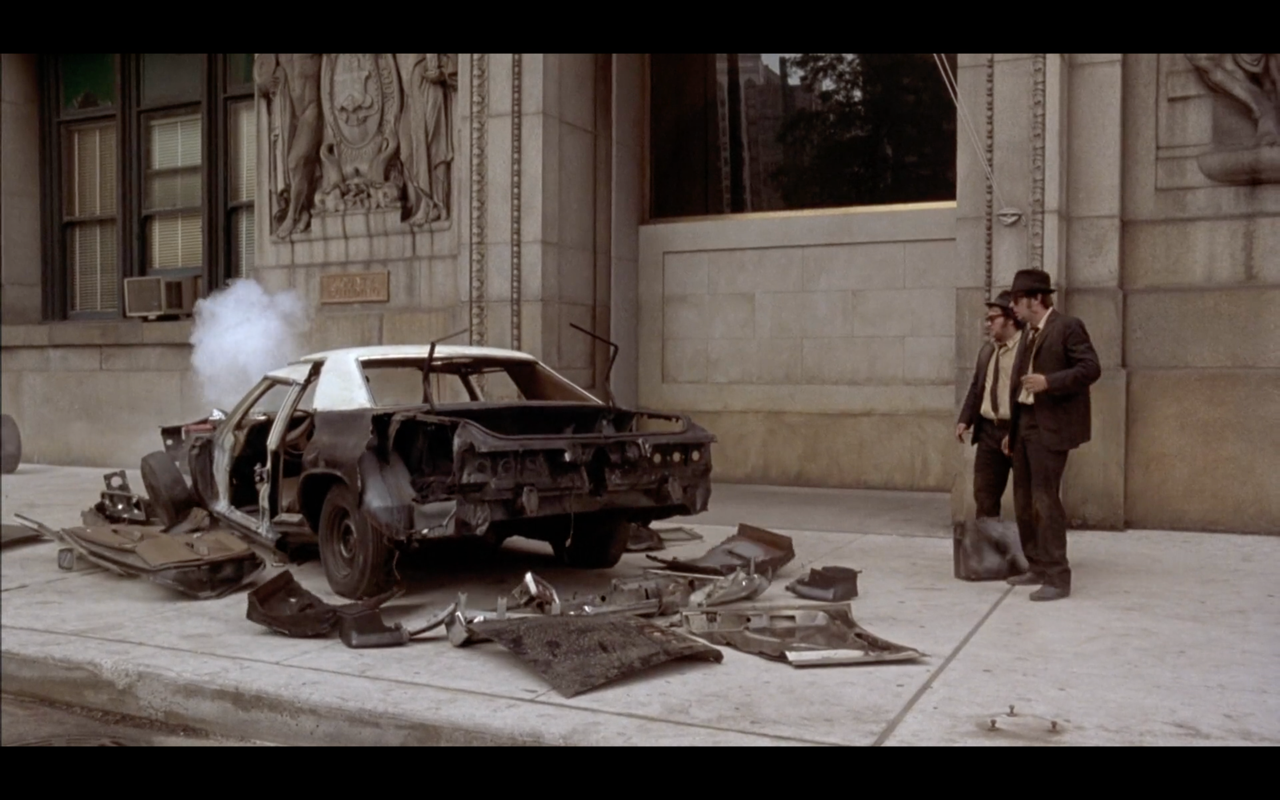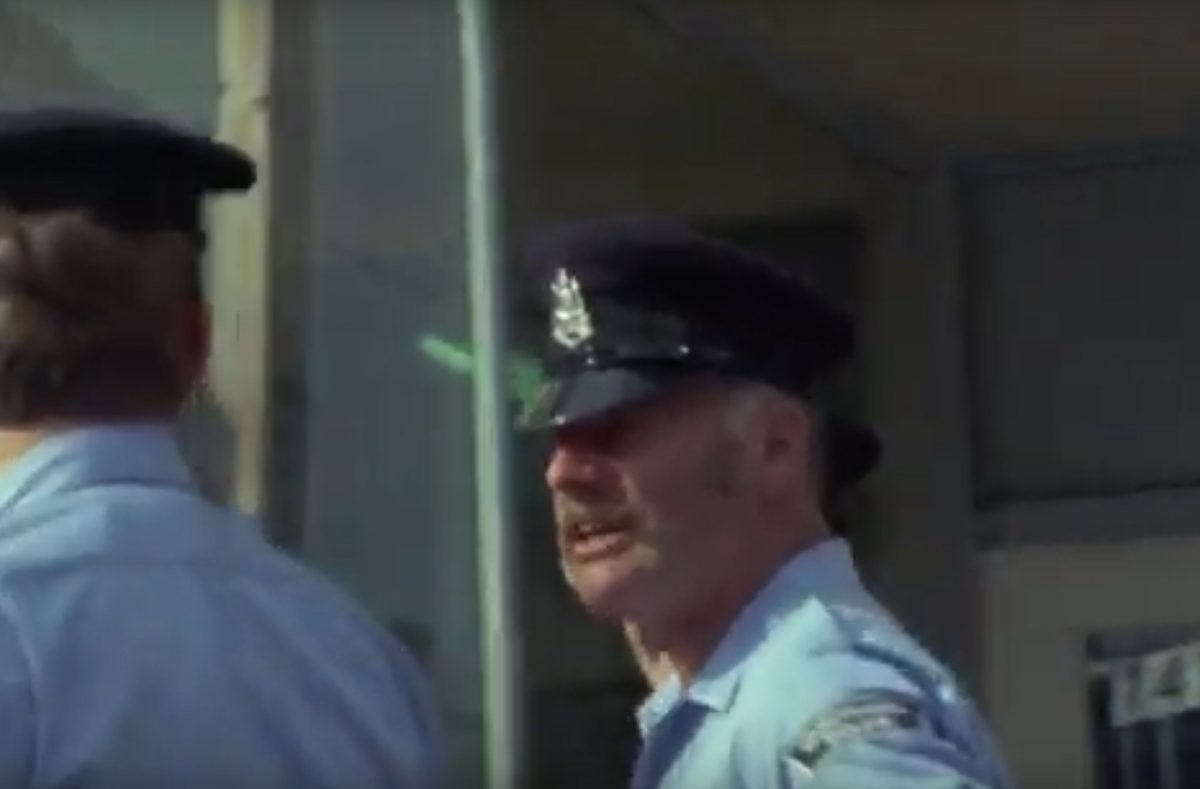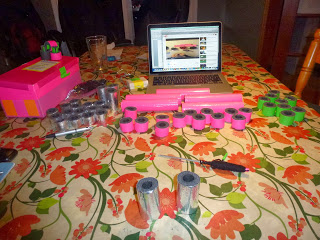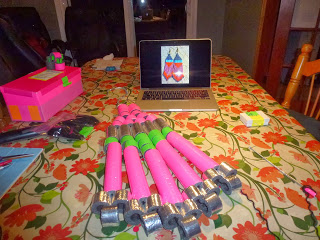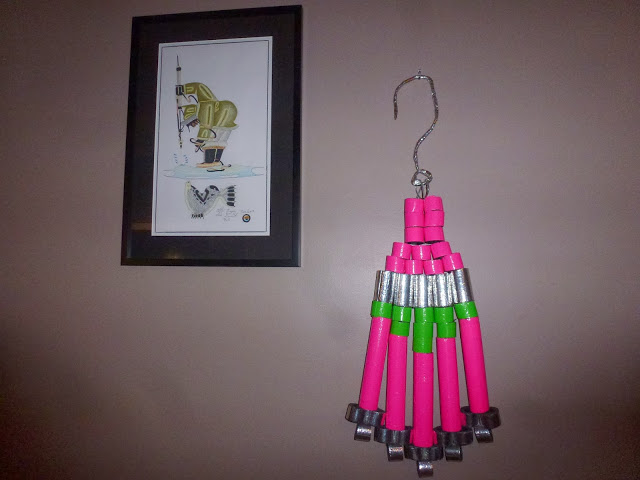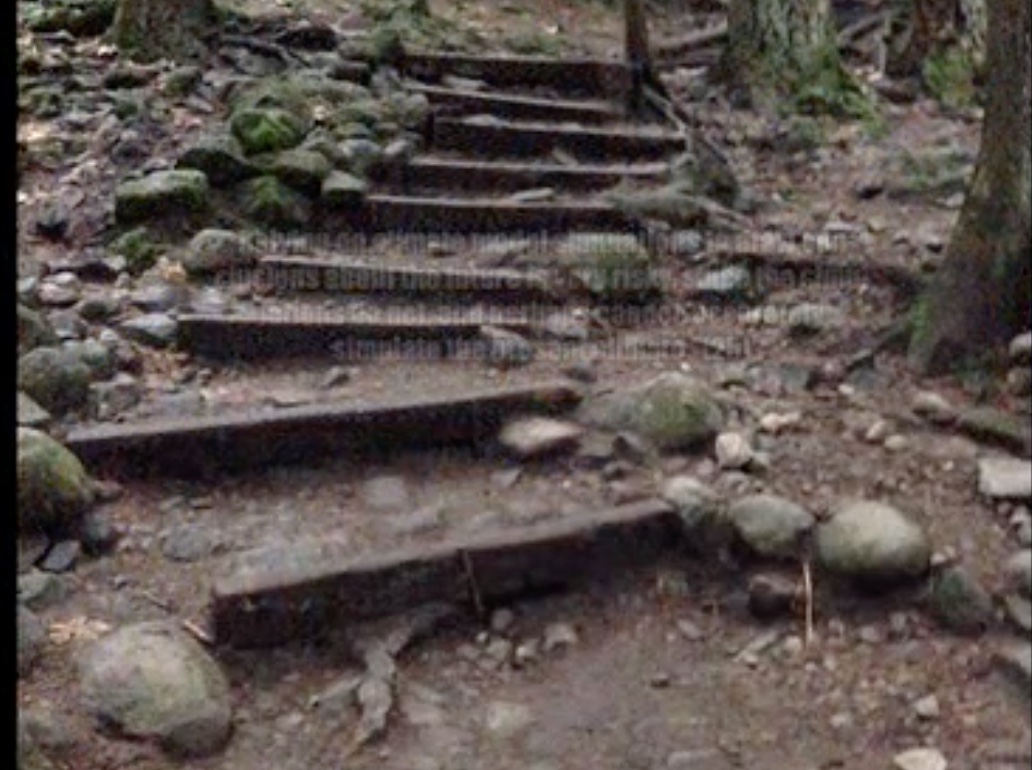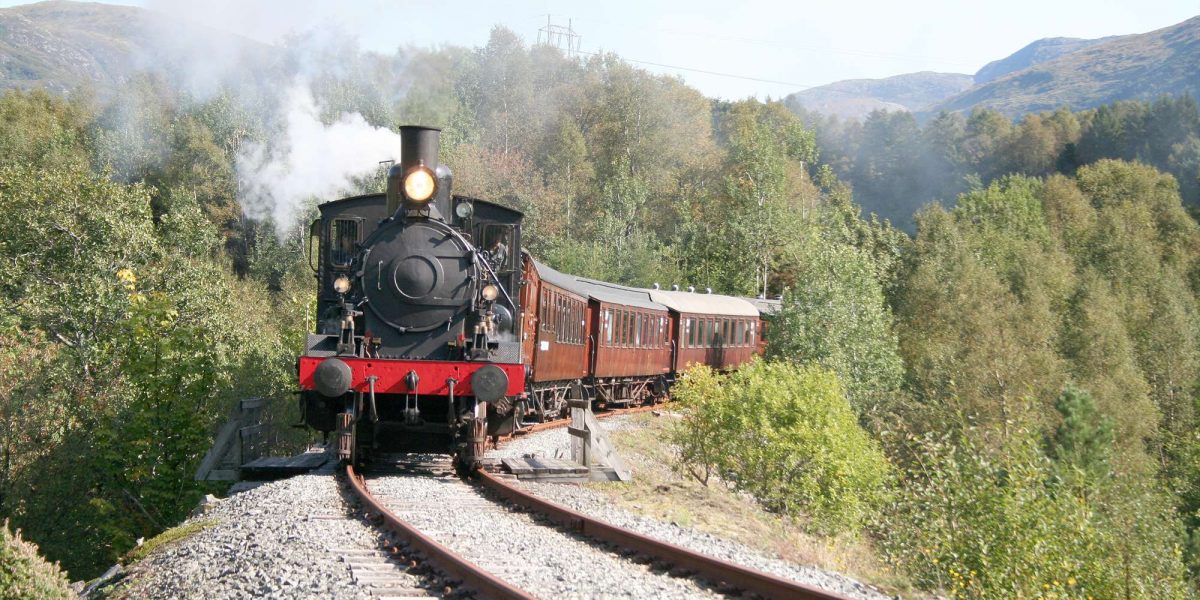“Reframe the Economy”
(David Litner)
In order to take back the economy,
We must reframe, imagine it differently
Abandon this notion
That the economy is a relentless engine
That we can’t effect change, rearrange
Because we can make the change, rearrange
Chorus:
Reframe the economy to reflect our reality
A reality considering the environment and society
Not just the profit, acting monetarily
We can then be effective economic actors
Not just beset, overwhelmed non-factors
Ordinary people must understand
We can provoke manifest change
When we take matters into our own hands
[Chorus]
Like the trim tab of a huge ocean liner
Small actions can have big effects
An idea can spread rapidly
Reframing our sense of possibility
Unleashing new capacities
I too was cynical about the practicality
Of ordinary citizens altering the economy
But like Margaret Mead claimed
Small, committed groups of citizens can change the whole domain
One example from Take Back the Economy
Shows positive change sparked by the ordinary
Indigent women in Gujarat, India
Changed their fortunes thanks to SEWA
Now Gujarati women’s embroidery
Trends and adorns fashion garments globally
The women are suppliers, managers, and share-holders
In this not-for-profit company
Poor women reframed as skilled producing artisans
With operational principles that are socially just
Take back the economy as a space of ethical trust
So the economy is not simply
A large capitalistic body, incomprehensibly
We can have influence, we can have control
Conscious citizens can absolutely change the whole
[Chorus]
